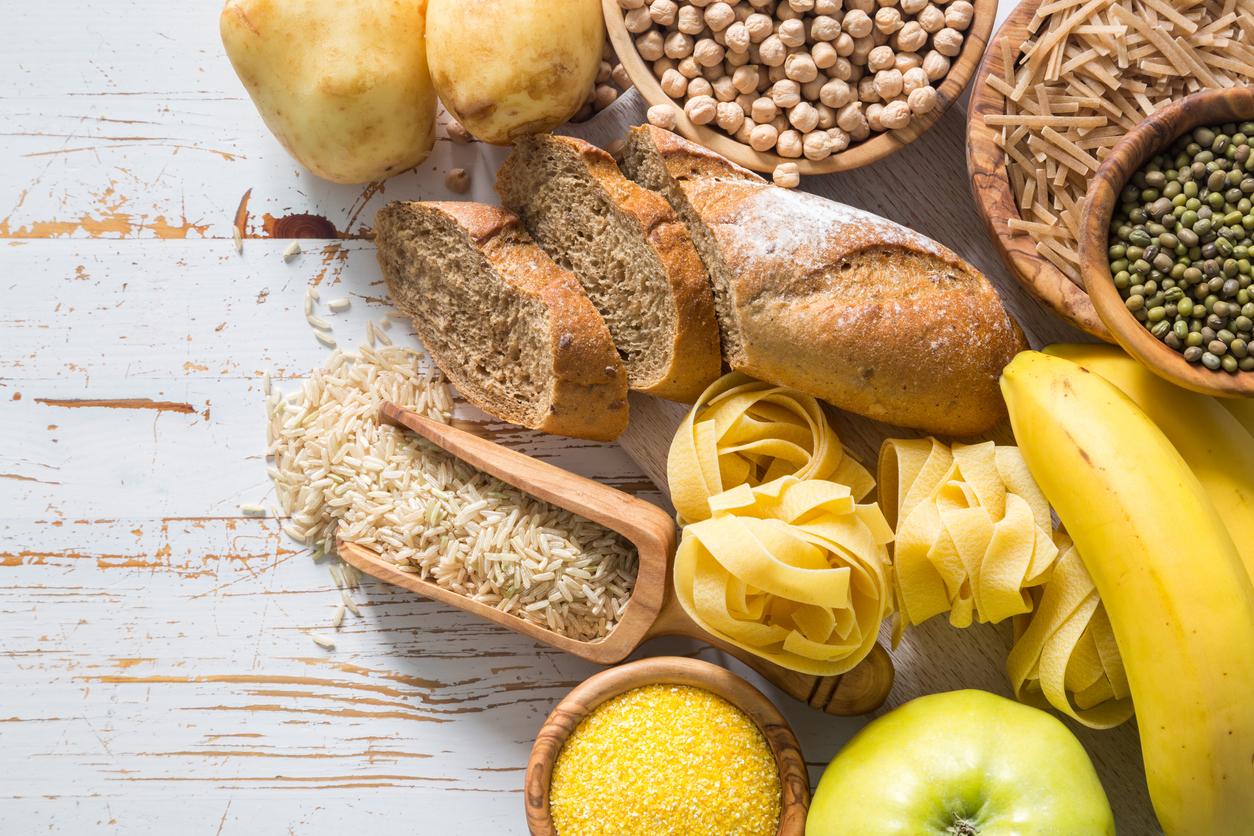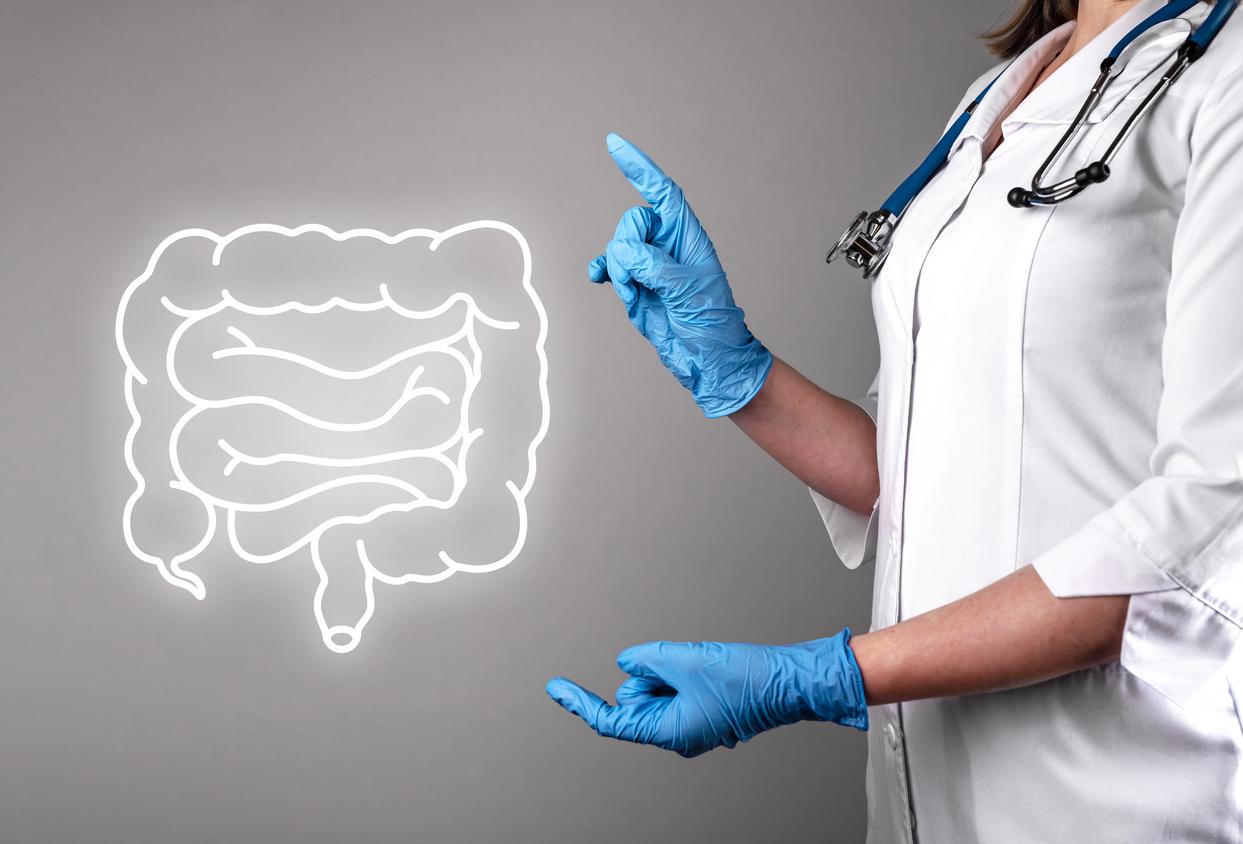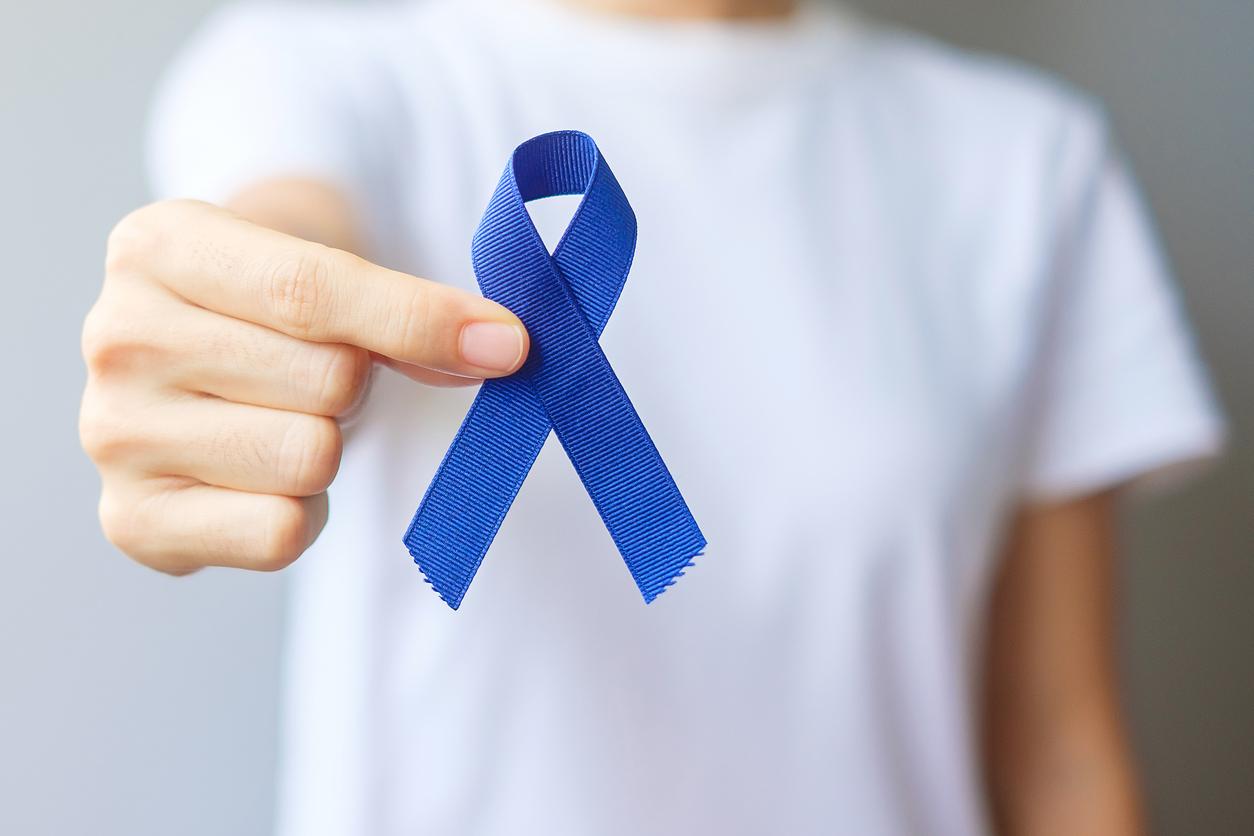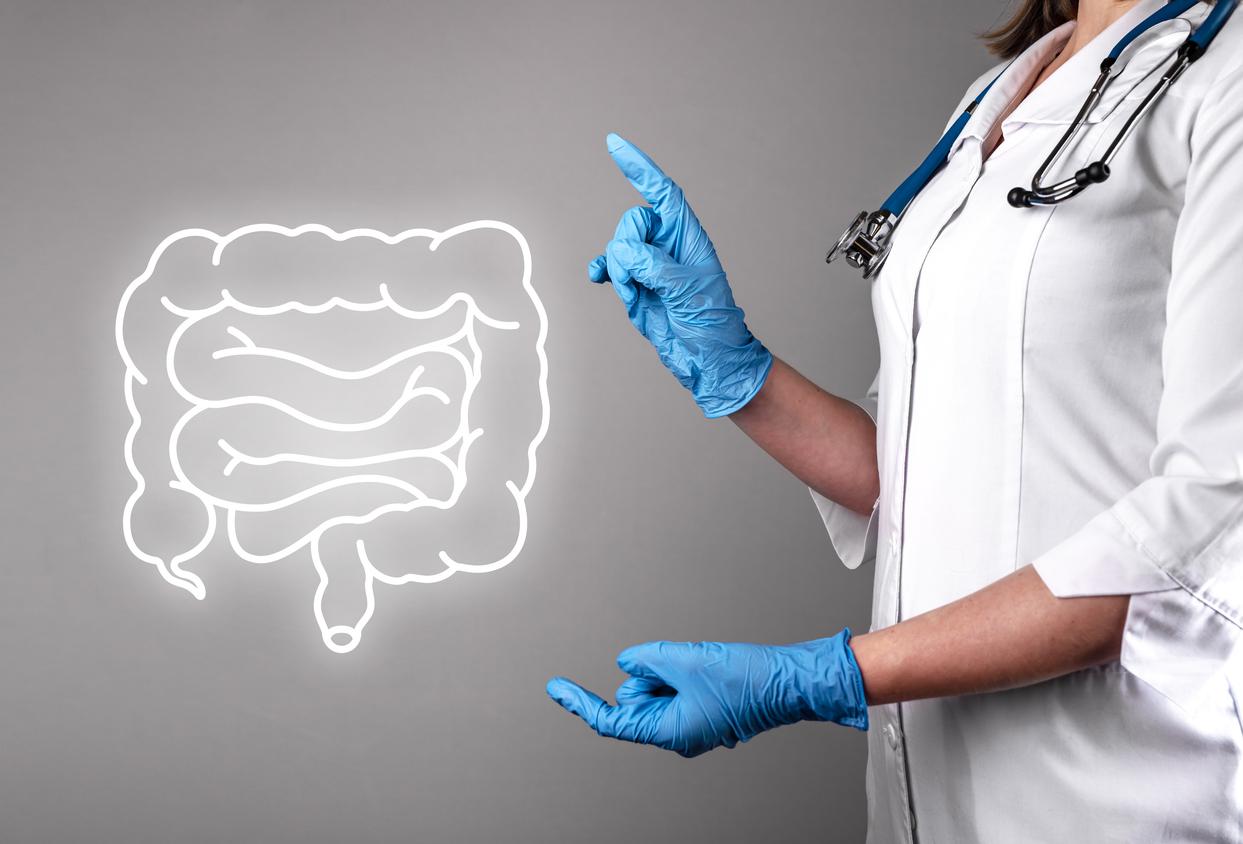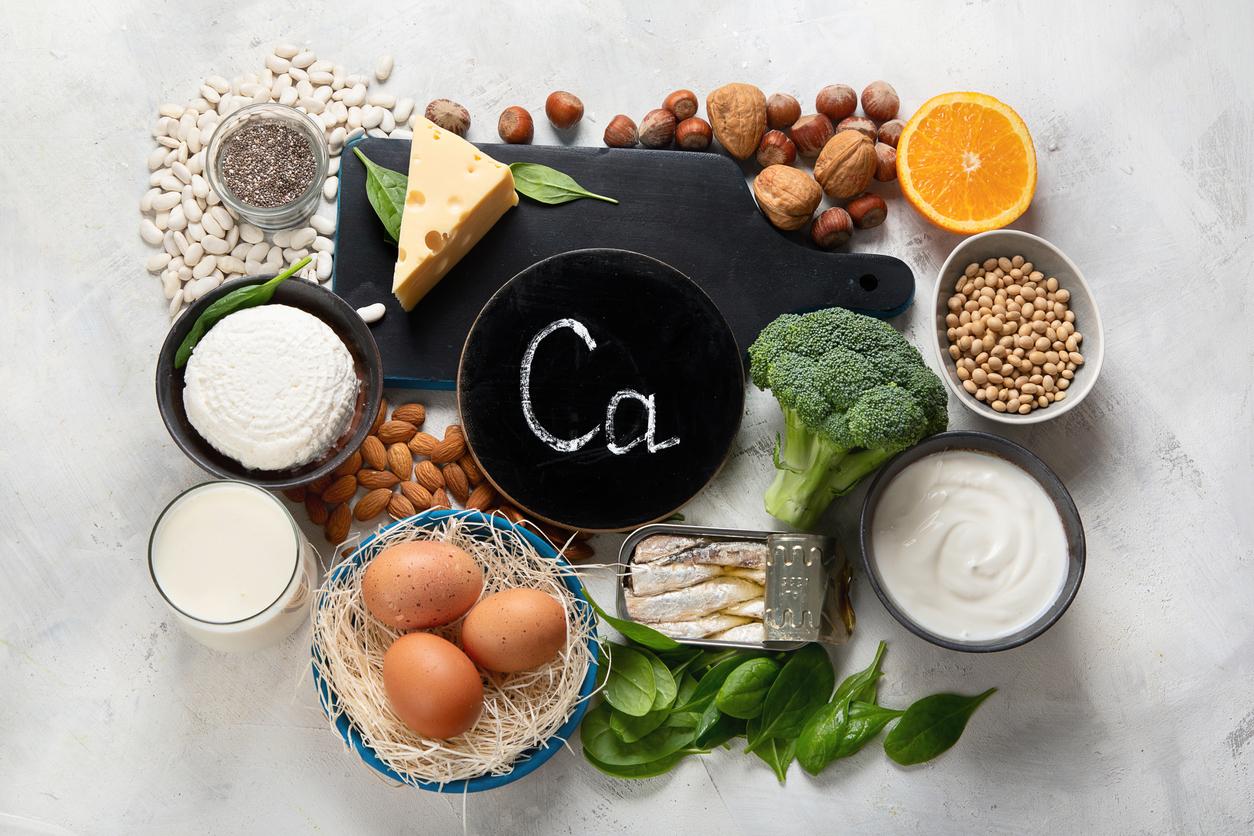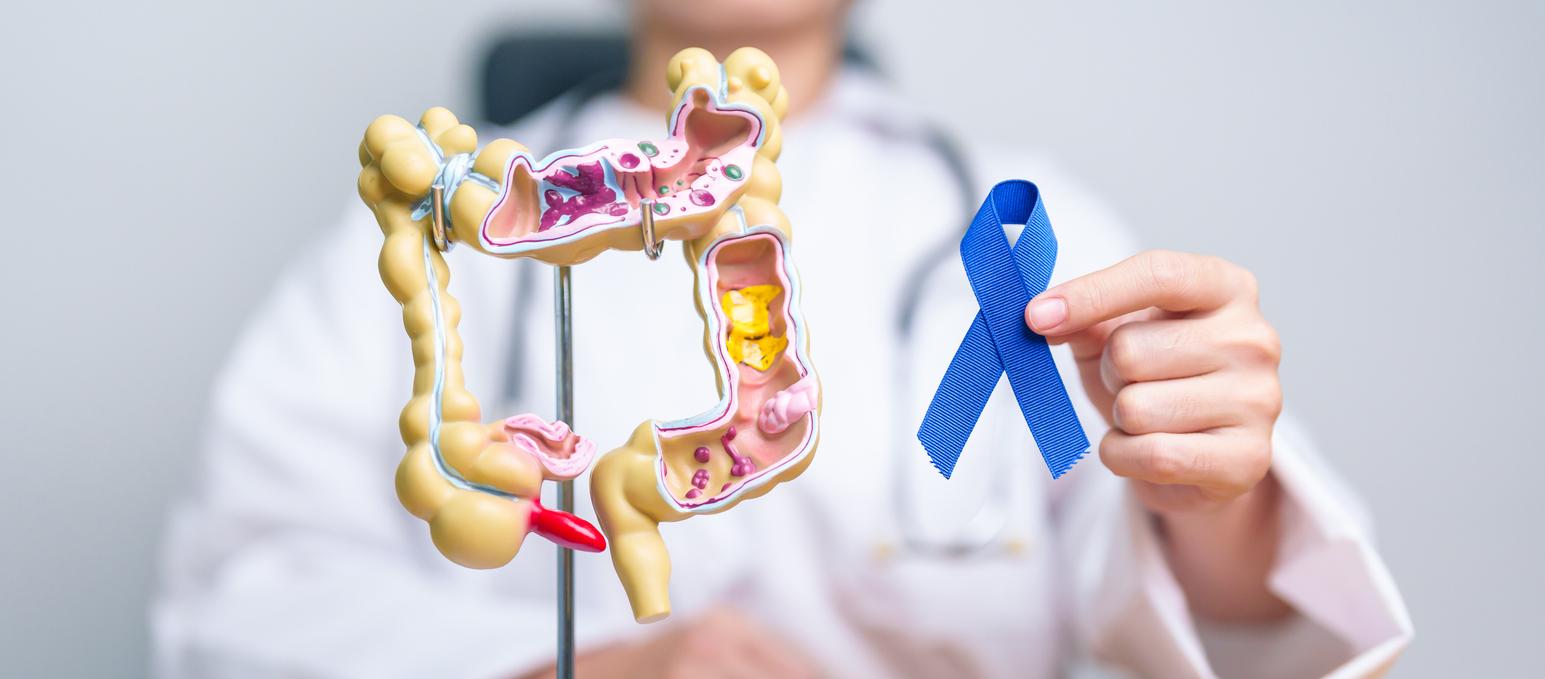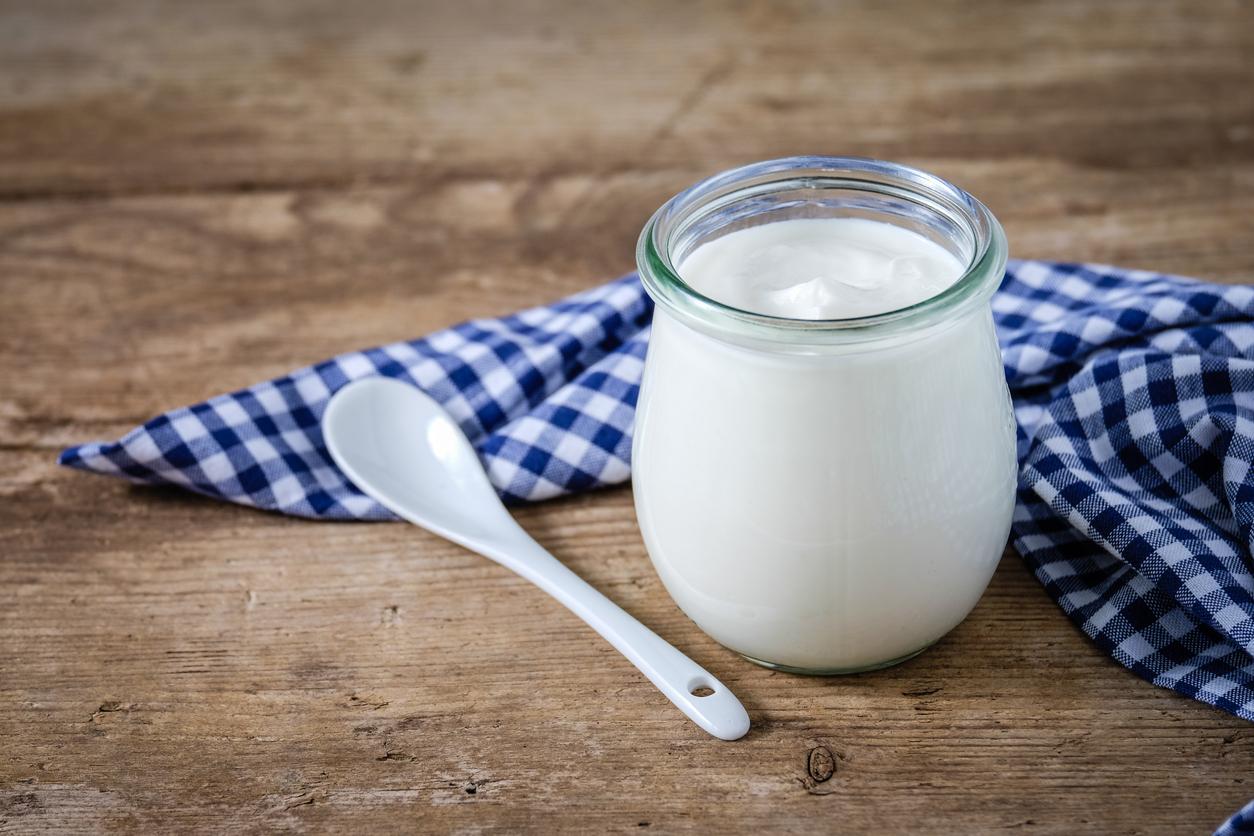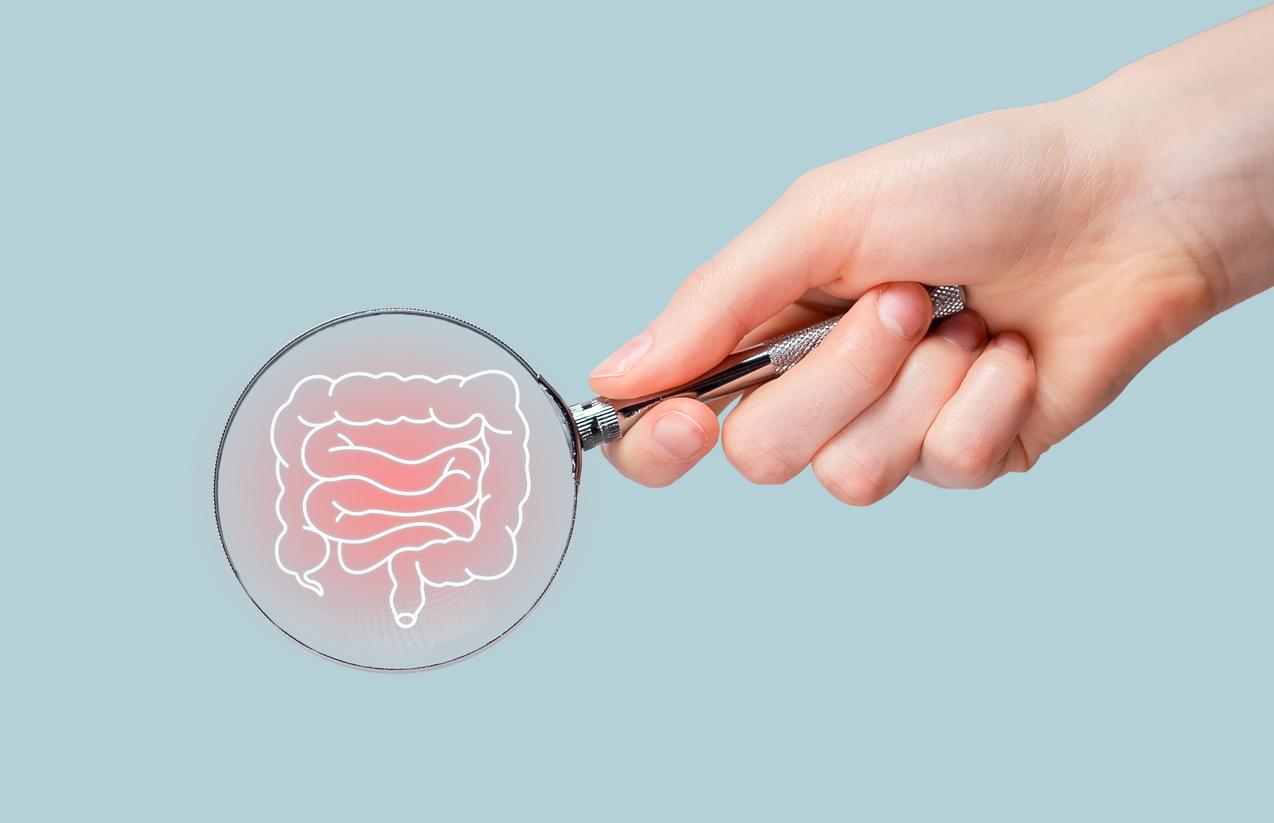A Mayo Clinic gastroenterologist shared his tips for making preparing for and having a successful colonoscopy easier.
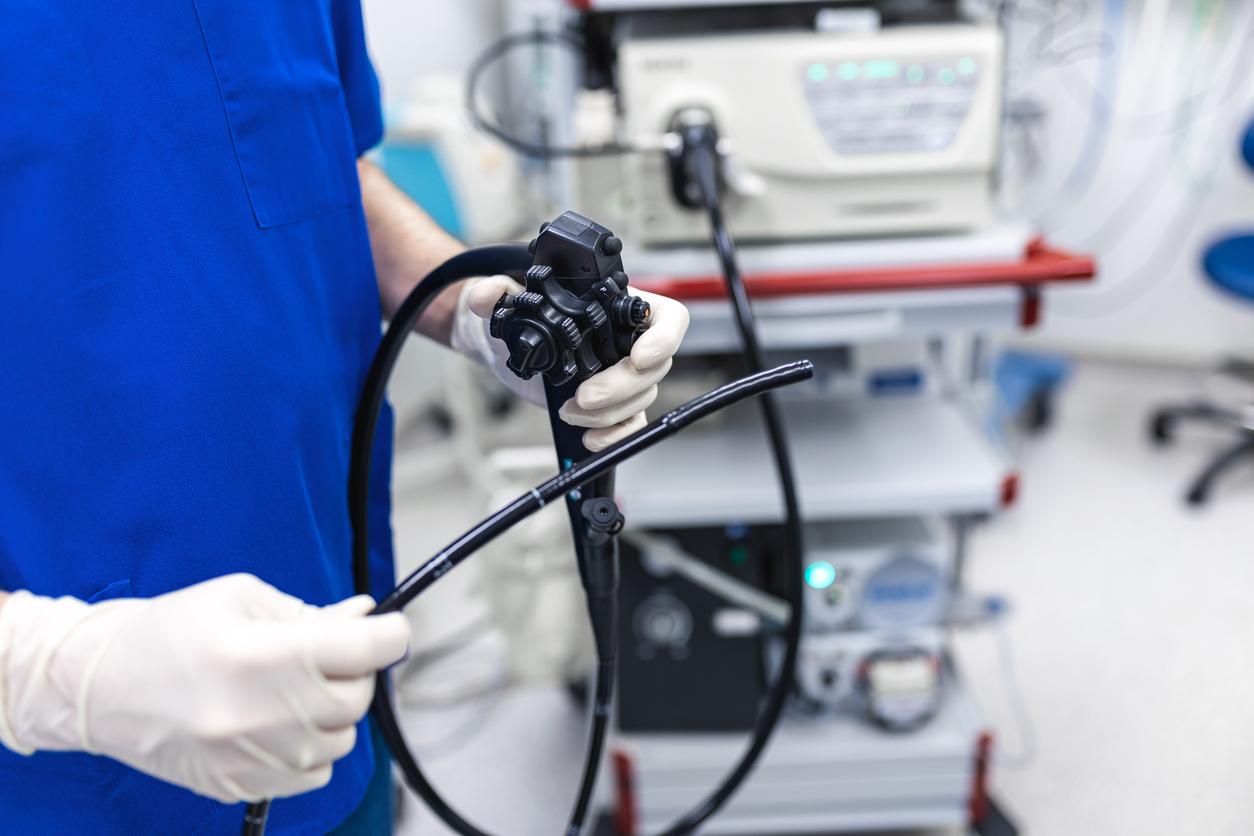
- Colonoscopy is an examination used to detect colorectal cancers or to diagnose colon diseases. Patients should follow several recommendations before this procedure.
- They must adopt a fiber-free diet 24 to 48 hours before the procedure so that there are as few elements as possible in the intestines.
- You should also drink a laxative colonic preparation. A Mayo Clinic gastroenterologist shares his tips for making it easier to absorb.
Colonoscopy is an essential examination to detect colorectal cancers or even diagnose colon diseases (polyps, Crohn’s disease, ulcerative colitis, etc.). But, it must be admitted… it is not the easiest to pass. Several instructions and measures must be followed before undergoing this procedure which consists of observing the walls of the rectum, the large intestine (colon) and the final end of the small intestine using an endoscope inserted through the anus. Mayo Clinic gastroenterologist Dr. Derek Ebner shares his tips for making colonoscopy preparation easier.
Colonoscopy: a “residue-free” diet to have a clean colon
“The goal of preparing for a colonoscopy is to make sure there is nothing in the colon.”explains Dr. Ebner duringan interview carried out by his hospital. Indeed, to more easily detect and eliminate polyps or lesions, it is essential that the intestines are “clean”. According to the Vidal website, 10% to 20% of colonoscopic examinations in France are stopped and then rescheduled, due to the presence of too much fecal matter.
For Dr. Ebner, the first point is to review the preparation instructions given by your doctor one to two weeks before the procedure. It is generally requested to follow a “no residue” diet 24 to 48 hours before the colonoscopy. This diet requires eliminating fiber (vegetables, fruits), products containing whole grains or even alcoholic drinks and fruit juices with pulp in order to reduce the volume of stools and slow down intestinal transit.

Colonic preparation: tips for drinking it more easily
In addition to this low-fiber menu, the patient is asked to take a product that “washes” the colon. It may be a colonic preparation based on laxatives or PEG (polyethylene glycol or macrogol). The specialist recognizes that it is this point which is likely to cause difficulties for people.
Fortunately, there are a few tips that make drinking these laxative colonoscopy prep solutions easier. “Often, cooling the solution and drinking it through a straw can be helpful. Others like to have a small wedge of lime or yellow that they bite into after absorbing some of the solution,” explains Dr. Ebner.
Another “trick” of the gastroenterologist: chewing gum between sips. Furthermore, it is not necessary to drink it all in one go. The intake can be spread over two days. “Half the volume is taken the day before the procedure, the other half the day of the procedure. This helps make it much more tolerable. And, in fact, we get a better clean by doing this division.”adds the expert.
Vidal recalls, for his part, his website that it is essential “to arrive for the colonoscopy on an empty stomach (do not drink, eat or smoke, excluding colonic preparation) since the day before, midnight for a morning exam, or since 9 a.m. for an afternoon exam”.
In addition to being unpleasant, colonic preparation can be accompanied by other inconveniences such as abdominal cramps, bloating, discomfort or nausea. “For those who experience nausea, slowing down the speed at which you consume the liquid can often be very helpful”he said.









